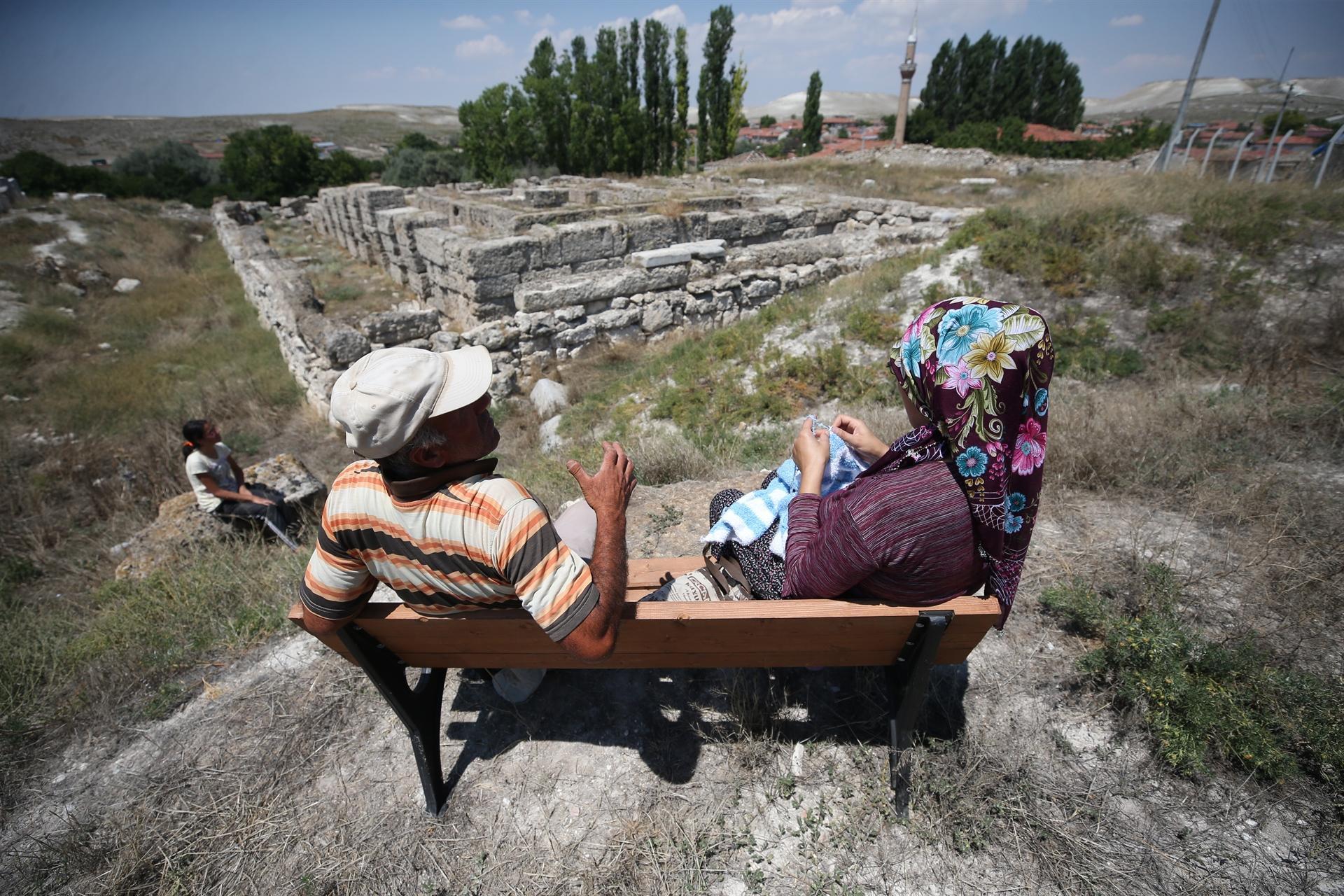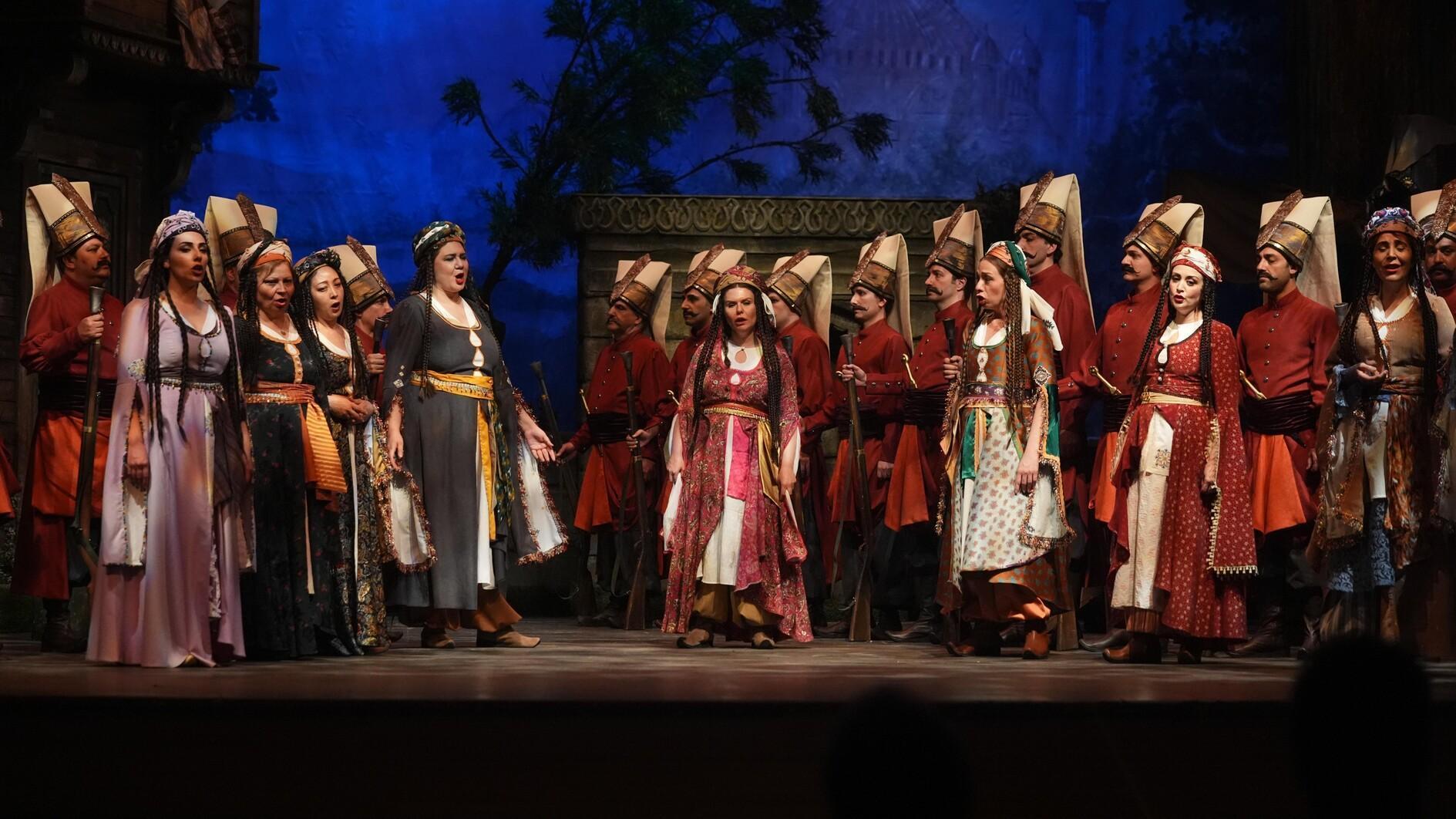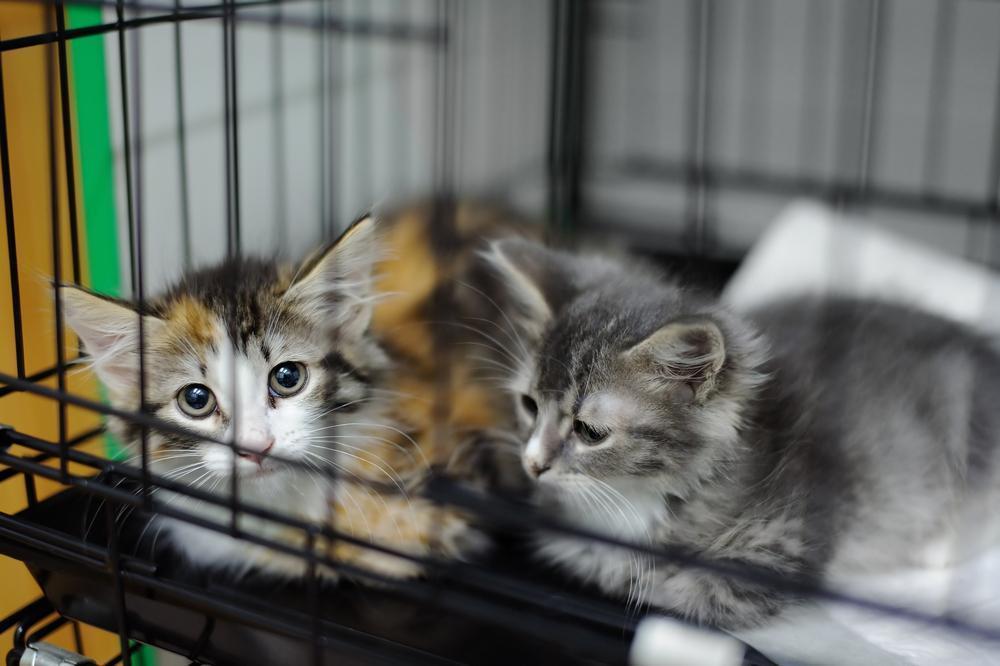Life next to an ancient city
ESKİŞEHİR

The residents of Ballıhisar neighborhood are living right next to the ancient city of Pessinus in the central Anatolian province of Eskişehir’s Sivrihisar district,
Located 13 kilometers away from the city center on the Ankara-Eskişehir highway, Pessinus was built for the mother goddess, Cybele, by the Phrygian King Midas in the eighth century.
Archaeological excavations carried out by Belgian and Austrian teams between 1967 and 2011 unearthed a temple area from the Hellenistic, Roman and Byzantine periods as well as a staircase theater and a colonnaded street.
Pessinus was declared as a first degree archaeological site in 1980. Right next to the ancient city is Ballıhisar neighborhood, where some 100 people are living and feeding animals. They also talk to foreign and local guests and inform them about the region.
Anadolu University (AU) Classical Archeology Department’s Association Professor Eser Kortanoğlu, who was the deputy head of excavations in the ancient city in 2010 and 2011, told the state-run Anadolu Agency that Pessinus was a holy city built for the cult of Cybele.
Kortanoğlu said Pessinus was part of the Great Phrygia during the Phrygian period but became part of Galatia during the Roman Empire.
“There is no holy city like Pessinus. It is a city dedicated entirely to the mother goddess Cybele,” the professor said.
“A cult stone representing Cybele, which was said to have fallen from the sky at the end of the third century B.C., was moved from Pessinus to Rome and placed in the Temple of Victory on the Palatine Hill. In this respect, it is an important city for the Roman Empire.”
Kortanoğlu noted that the excavations carried out by a Belgian team between 1967-1973 and 1987-2008 in the temple area in Pessinus found a staircase theater, columned street and the structures called Severus Theater.
An Austrian team excavated the area between 2009 and 2011, during which he was the deputy head of excavations.
As part of the project, the team conducted geophysical and material analysis and paleo-environmental surveys, he said.
Since 2011, there have been no more excavations or studies. The presence of Ballıhisar neighborhood, which is located above the ancient city, “seems to be an obstacle at this point,” he said.
“The ambitious people of Anatolia who live there should be aware of this fact as soon as possible. Pessinus needs extensive excavations. It is one of the important candidates to be included in the UNESCO World Heritage List. It is an area where we can encounter incredible results in terms of Anatolian civilization history.”
History and houses side by side
The headman of the neighborhood, Zülfikar Şekercioğlu stated that the people of the region are engaged in agriculture and animal husbandry.
Emphasizing that the ancient city of Pessinus is a very important place for tourism, Şekercioğlu said, “Tourists come to our neighborhood from various cities. It is a beautiful feeling to live in an ancient city. Our houses are side by side with history. As locals, we want to offer better service to tourists.”
Güllü Kılıç, a resident of the neighborhood, has lived in her house next to Pessinus for 50 years and said that tourists come to the region by buses from big cities such as Bursa, Ankara, Istanbul, İzmir and Eskişehir.
Nida KIlıç, who works in ovine breeding, said that she has been living in Ballıhisar for three years, and continued:
“It feels so good to live here. Tourist groups are coming, we meet them. Ballıhisar is a very beautiful place. History is everywhere. I am happy to live here with my family, but the biggest problem is the lack of water in our homes. We carry water from our neighborhood fountain to our homes. When our water problem is solved, we can serve tourists better. Thus, our village develops. We don’t want to lose our village.”
















